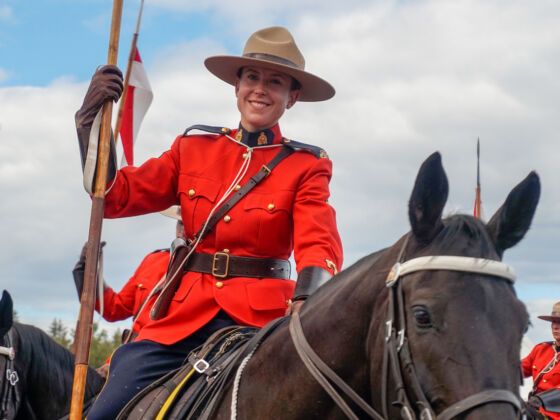Myth #1: In Canada, healthcare is free
Canadians may not receive medical bills every time they go to the doctor or to the hospital, but that does not mean that healthcare is free. The public healthcare system in Canada is made up of several socialized health insurance plans that provide coverage for medical services including physician care and hospital services.
But ironically, “free healthcare” comes with a price. Canadians pay off the “free” medical services through taxes. A family of four can expect to contribute about $11,700 per year in taxes for public health insurance, and this amount grows every year. Even Canada’s poorest families pay about $475 per year.
Also, Canada’s health insurance only covers basic health care; things like prescription drugs and long-term health care are not covered. Most Canadians pay for these through employment insurance plans or through their income taxes.
